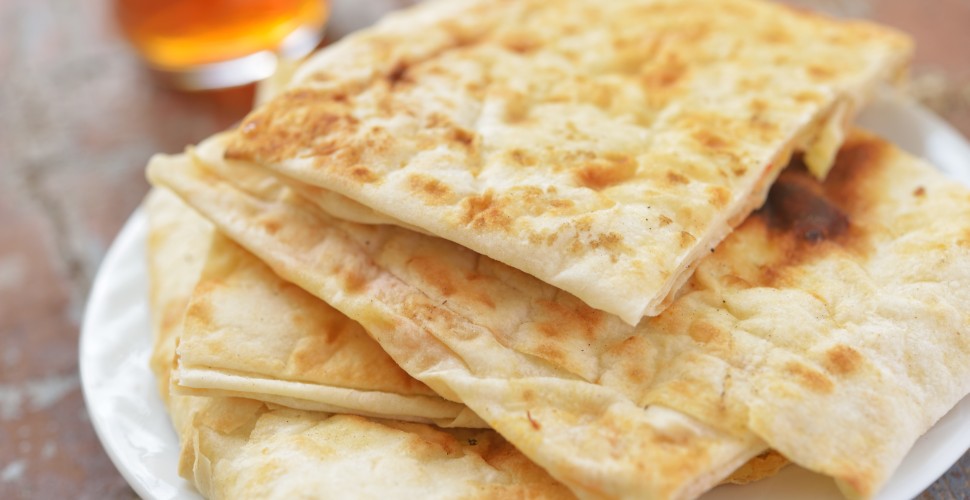Ephesus, Turkey – 3,000 Years in the Making
After experiencing the extraordinary bustle of Istanbul, then spending a few days lounging on the beach at Ölüdeniz, my girlfriend and I decided it was time to absorb a little of Turkey's rich history before our recent summer holiday came to an end.
Not that it's easy to avoid Turkey's history; this fine country boasts temples, towers and ruins at every turn – and yet many holidaymakers see little more than the beaches of Mamaris or the booming nightclubs of Bodrum. While we certainly enjoyed these tourist meccas, we wanted to make sure we saw at least some Turkish history.
So we turned our attention to Ephesus on the glittering Aegean Coast. This ruined city pre-dates Christ by about 1,000 years – so we're talking seriously old here.
We took an early morning coach up the coast from Ölüdeniz – a long ride made considerably more bearable by the free on-board wi-fi – together with the magnificent coastal views.
We hadn't booked any accommodation in Selçuk, the town nearest Ephesus, but a friendly Turk guided us to an area where there were numerous good hotels. After visiting a few, we finally settled on a two-star establishment called Hotel Nilya – but after staying here we would both agree that it deserved a higher rating.
The pretty white-washed building boasted a number of little terraces with beautiful wooden seating, while our room was of traditional Turkish design, light, airy and clean. The ornate wooden bedstead and matching bedside tables, the hand-embroidered artwork on the walls – it all helped to create an exciting and authentic Turkish atmosphere.
In the evening we dined in a delightful nearby restaurant, sampling typical Turkish Gözleme – a delicious pastry which might be filled with lamb, vegetables and feta cheese. I chose a vegetarian version, while my girlfriend opted for the lamb. I had noticed by this point that there are plenty of veggie options in Turkey – as long as you can get the waiting staff to understand what you want!

Bright Turkish sunshine woke us early next day. The hotel breakfast was a huge buffet style affair – and very Turkish. We filled up on bread, cheese (known as beyaz peynir and kaşar), olives, butter, boiled eggs, cucumbers, tomatoes, jam, honey, and kaymak (similar to clotted cream in the UK).
We were bursting with energy when we set out for the bus to Ephesus. The ancient site, also known as Efes, is a few miles from the town of Selçuk and is well served by small buses – which will take you to the Ephesus for a few Turkish lira (TR).
Entry to Ephesus was TR 30, plus TR 15 to access the mosaic houses – which we both wanted to see.
We began our exploration of Ephesus – without a tour guide – and were soon overwhelmed by the number of ruins around us. But we reminded ourselves that this was an entire ruined city – not just a scattering of ruins. Indeed, between 33,600 and 56,000 people lived here when the Romans were in charge.

For us, the Library of Celsus was probably the most beautiful building – although with so many amazing half-structures it's a hard one to call. The Brothel was another pretty building that shed yet more light on Roman and Greek life over 2,000 years ago!
 Library of Celsus, Ephesus, Turkey
Library of Celsus, Ephesus, Turkey

In terms of sheer impressiveness though, the Great Theatre remained in our minds most – a vast amphitheatre with space for 25,000 people. We stood there on the ancient steps in the burning Turkish sunshine – trying to imagine the ancient occupants of this place clapping and cheering at the performances below.
 Great Theatre, Ephesus, Turkey
Great Theatre, Ephesus, Turkey
The mosaic floors of the Hillside Houses were definitely worth the additional TR 15 – giving a sense of what these buildings were like when they actually had roofs on (the site is covered in a tent structure).
After around three hours, myself and my girlfriend were tired but very happy that we had come to explore this ancient treasure.
Later, we were astonished to discover that Ephesus was not yet a UNESCO World Heritage Site. It is surely only a matter of time.
Get a Quote